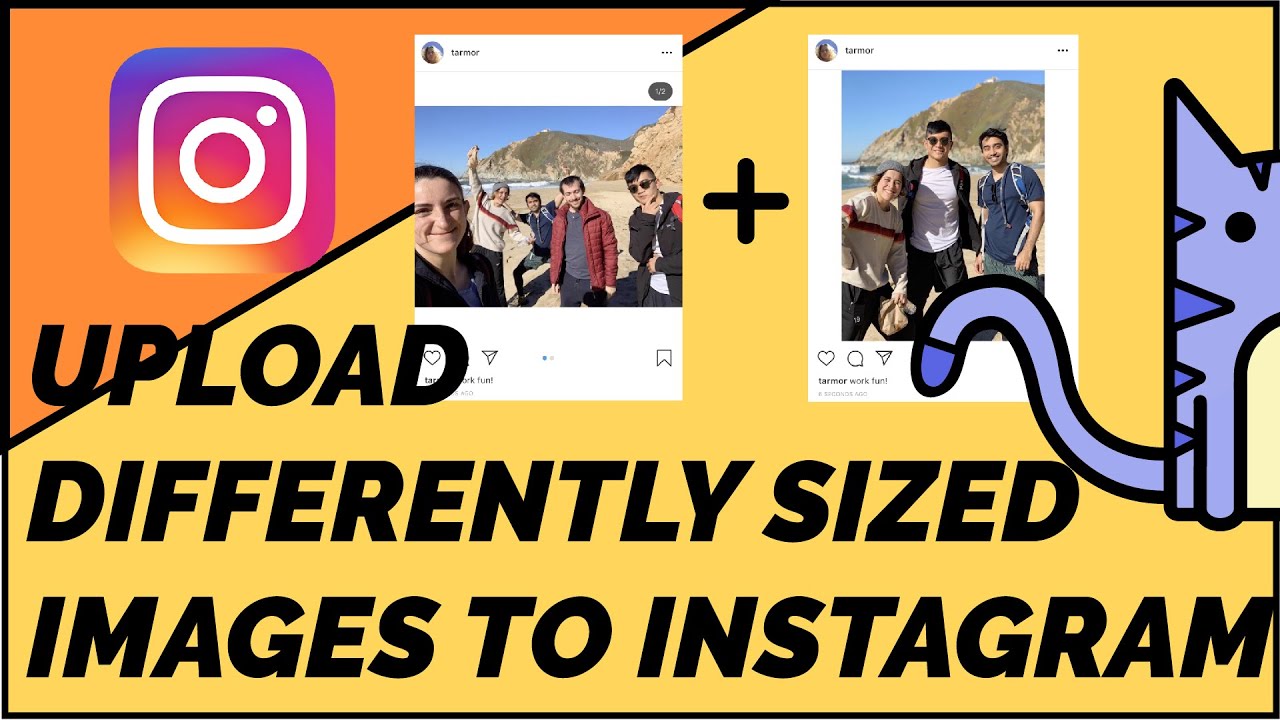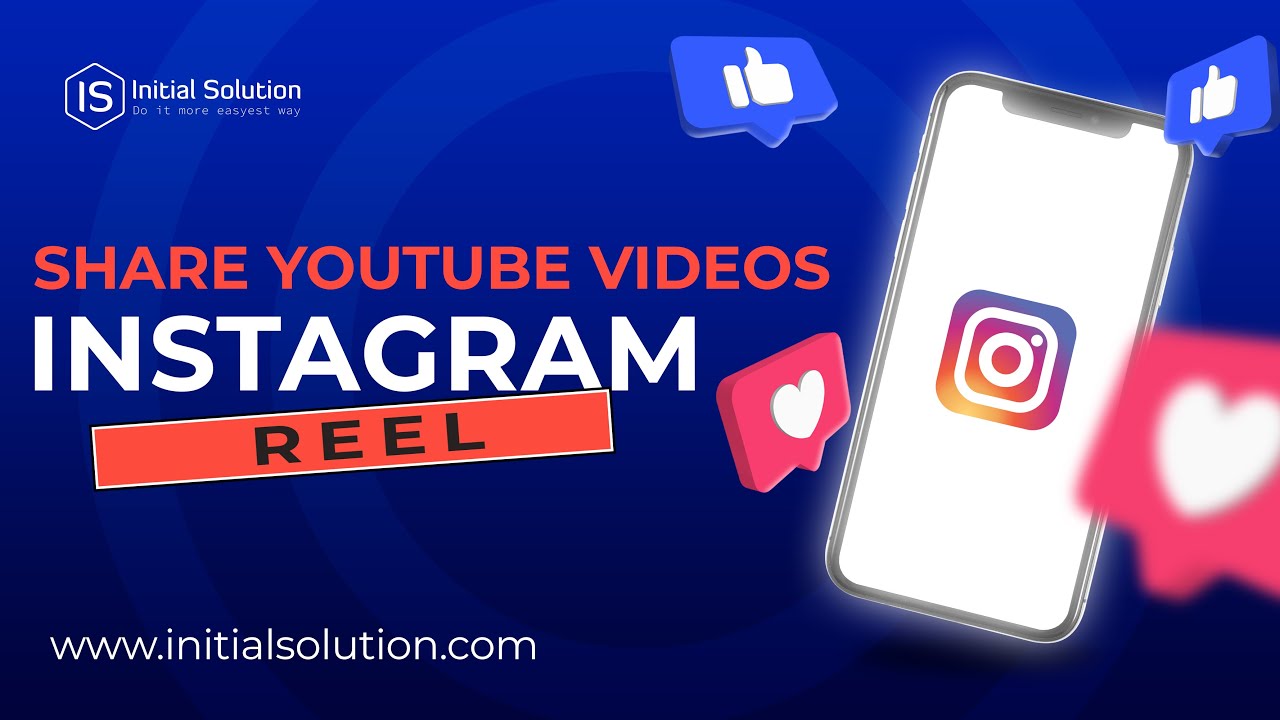Who doesn’t have instagram and why it matters in today’s social media landscape

In today’s digital era, social media platforms have become a central part of our **daily communication** and **interaction**. Among these platforms, Instagram stands out with its visually-driven content that appeals to millions worldwide. But there are still many individuals and businesses grappling with not having an Instagram account. This leads to an essential question: What ramifications does a lack of presence on this platform carry in the changing landscape of social media?
The world of **social media** is in a constant state of evolution. Platforms like Facebook, Twitter, and TikTok have their unique advantages. However, Instagram has become particularly significant for visual storytelling and brand engagement.
The Rise of Instagram
Since its launch in 2010, Instagram has transformed from a simple photo-sharing app into a leading platform, boasting over 2 billion monthly active users. Its focus on **visual content** facilitates better engagement compared to text-heavy platforms. Businesses utilize Instagram not just for marketing, but also for building community and establishing strong customer relationships.
Implications of Being Offline
For those who opt out of Instagram, the social media landscape can feel daunting. Not being on this platform may lead to:
- Missed opportunities for engagement with potential customers.
- A reduced **online visibility**, making it challenging to gain traction for personal brands or businesses.
- A lag in trend awareness, which affects decision-making regarding content creation.
- Increased difficulty in networking with peers and industry leaders who utilize the platform extensively.
In essence, those who are absent from Instagram may find themselves at a **disadvantage** when trying to connect in a world that is increasingly dependent on **visual narratives**.
The Importance of Visual Branding
In the digital landscape, where **attention spans** are shrinking, the importance of visual representation cannot be overstated. Instagram thrives on visual branding—this means that companies and individuals showcasing their products or services through engaging images and videos often have a competitive edge.
Building a Visual Identity
Engagement on Instagram allows brand stories to play out through curations of images, videos, and stories. Those who are absent from this ecosystem must find alternative methods to build a robust visual identity. Some of these methods include:
- Creating a cohesive aesthetic across other platforms to remain recognizable.
- Utilizing other forms of social media to promote visual content, such as Pinterest or TikTok.
- Utilizing traditional media to establish a visual presence through advertisements.
While all these alternatives exist, they often lack the unique engagement and shareability that Instagram inherently provides.
Building Connections and Networking
Instagram isn’t merely about personal experiences; it’s a network that fosters connections and opportunities. For individuals and businesses alike, it serves as a **gateway** to a community of like-minded creators, customers, and potential collaborators.
The Community Aspect
Participating on Instagram means engaging within a community that is tailored to specific interests. Those not participating in this social media may be missing out on:
- The ability to **interact** with followers and respond to audience feedback in real-time.
- Opportunities to collaborate with influencers and creators within their niche.
- Joining conversations surrounding trends, products, and sentiments that shape the market.
With more than 500 million Instagram users actively engaging with stories and posts daily, not engaging through this platform might feel isolating. The rich community interactions encourage participation, dialogue, and a sense of belonging, which becomes challenging to foster without a presence on Instagram.
Alternative Marketing Strategies
While not having an Instagram account can pose challenges, it is essential to know that businesses and individuals can still thrive using alternative strategies. Understanding how to navigate the digital sphere without relying on Instagram is invaluable.
Leveraging Other Platforms
There are various other platforms that can aid in exposure and relationship-building. Some effective alternatives include:
- Facebook: A robust platform for community engagement and interaction through groups and pages.
- Twitter: Excellent for real-time updates and joining trending conversations.
- LinkedIn: Ideal for professional networking and establishing thought leadership in specific industries.
- YouTube: A platform that, while video-focused, provides substantial opportunities for storytelling and brand visibility through long-form content.
Effectively utilizing these platforms requires a strategic approach while maintaining a consistent brand voice, ensuring you reach and connect with your target demographic.
Looking ahead, the question remains: How can those not on Instagram adapt to the inevitable changes within the social media landscape? As trends evolve, understanding best practices becomes crucial. Here are some key strategies:
Understanding User Behavior
Social media trends constantly shift as younger generations prefer visual content. For those not engaging with Instagram, understanding user behavior is critical. An analysis of audience preferences can help fine-tune marketing and communication strategies across various platforms.
Emphasizing Personal Connections
Building personal connections in other social mimetic ways can bridge the gap left by the absence of Instagram. Establishing a solid email newsletter can foster a sense of community without an Instagram account. This can include:
- Exclusive updates about products or services.
- Personal anecdotes and stories that resonate with the audience.
- Invitations to participate in polls or surveys to engage followers actively.
In doing so, individuals and brands create meaningful connections with their audience, generating loyalty and engagement beyond the realm of Instagram.
Ultimately, while the absence of an Instagram account presents challenges in a visually-driven society, there are ample opportunities for success through other channels and strategies. Embracing this duality—of opportunity and challenge—empowers those who are not on the platform to innovate and thrive within the broader social media narrative.






